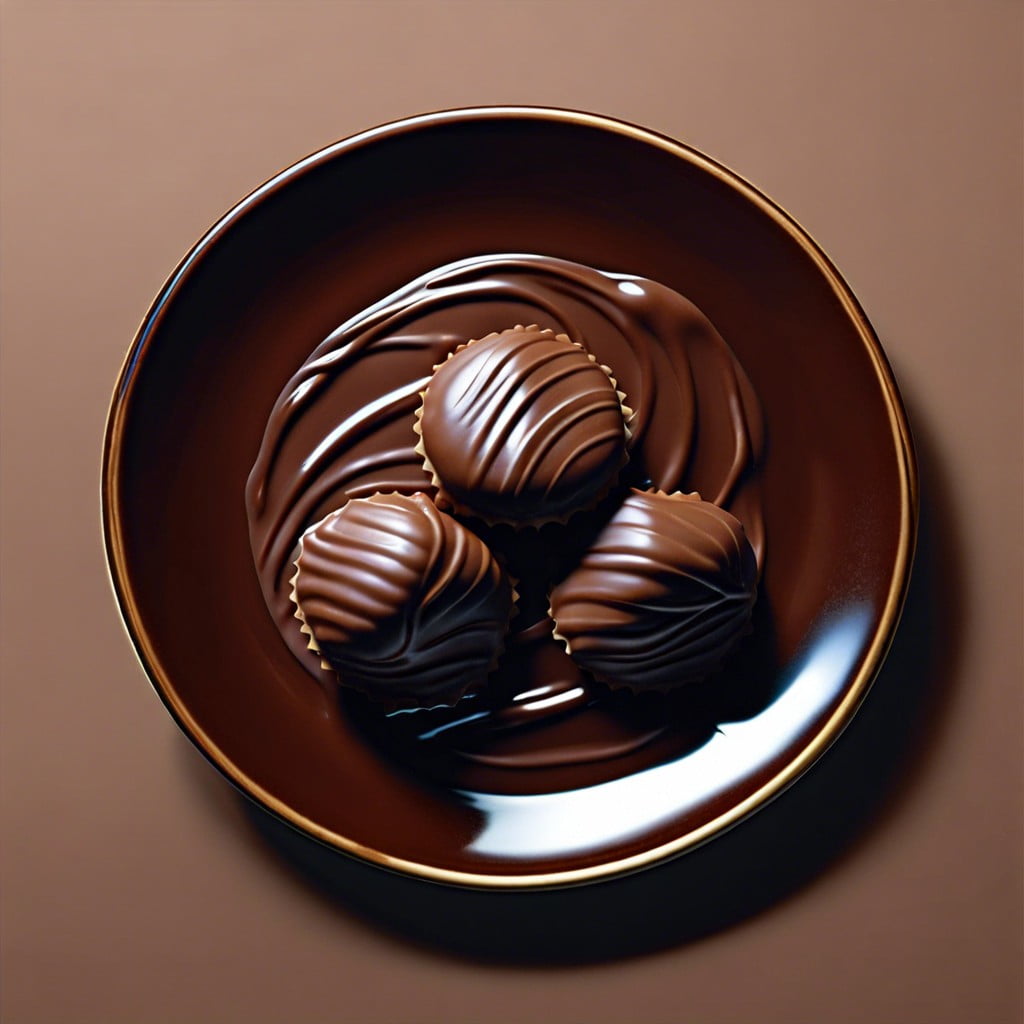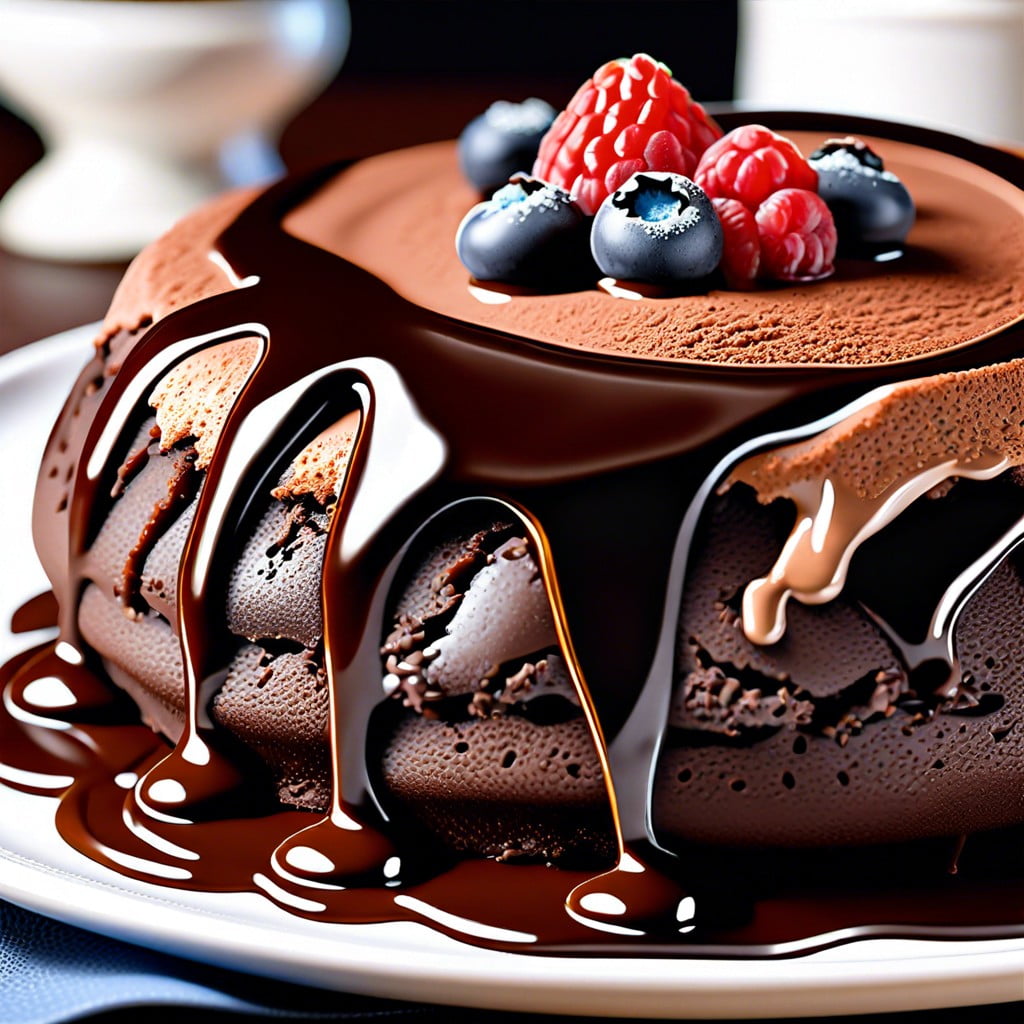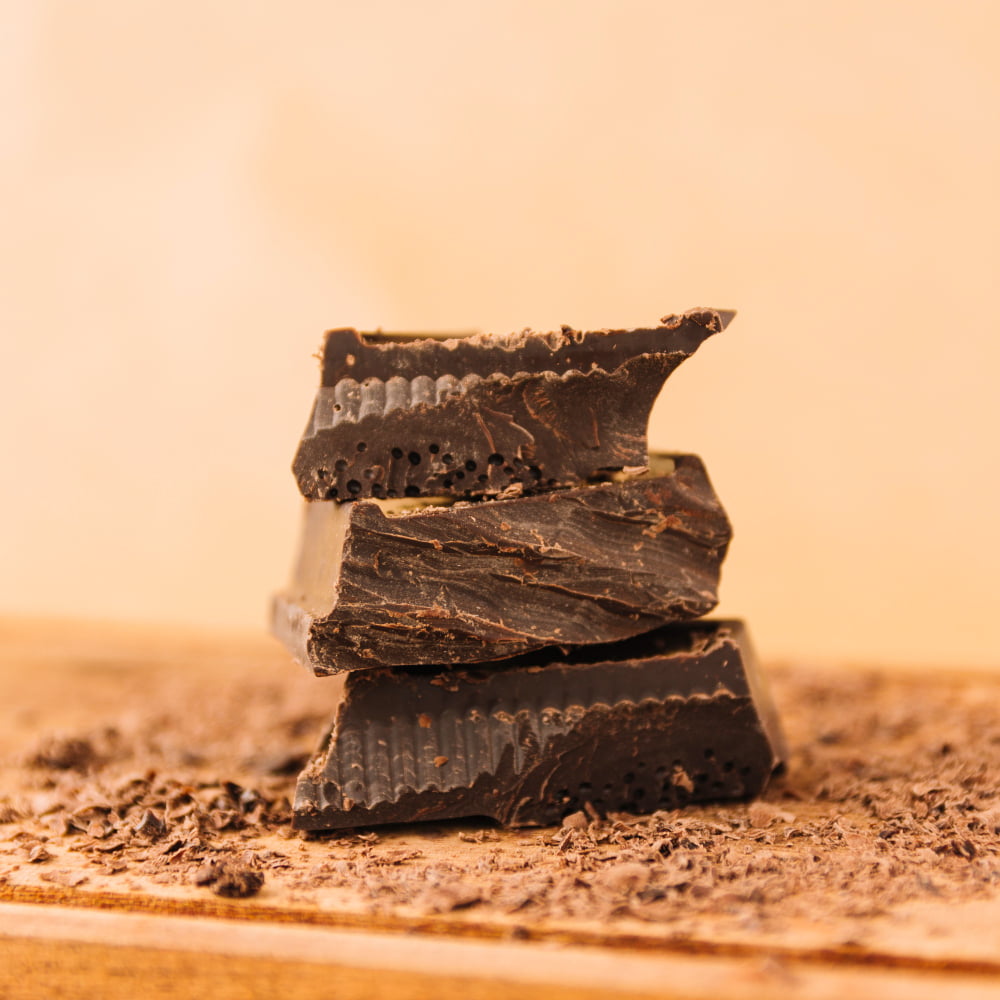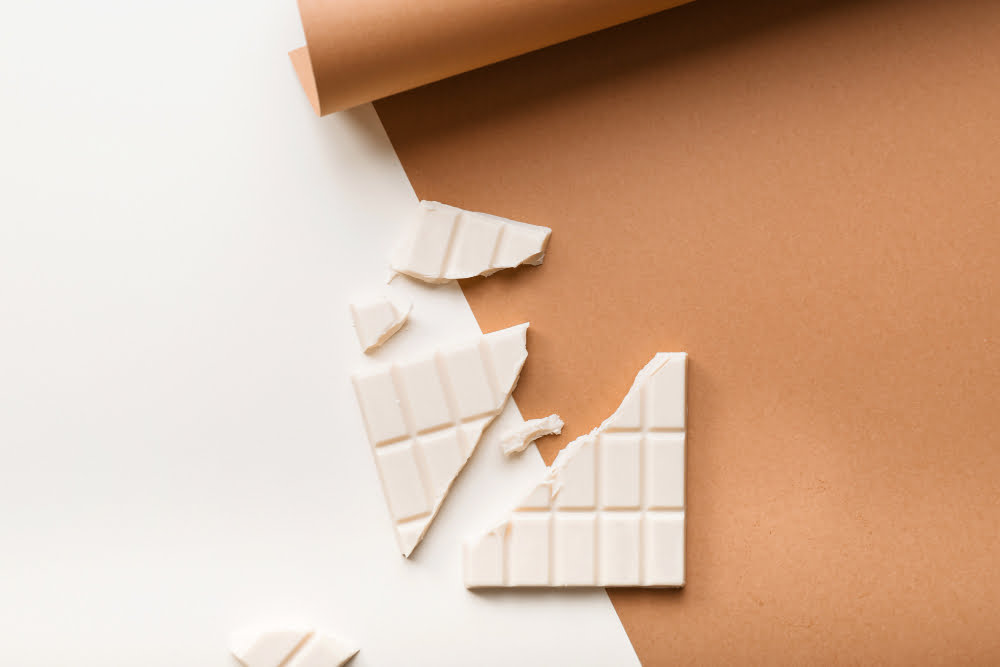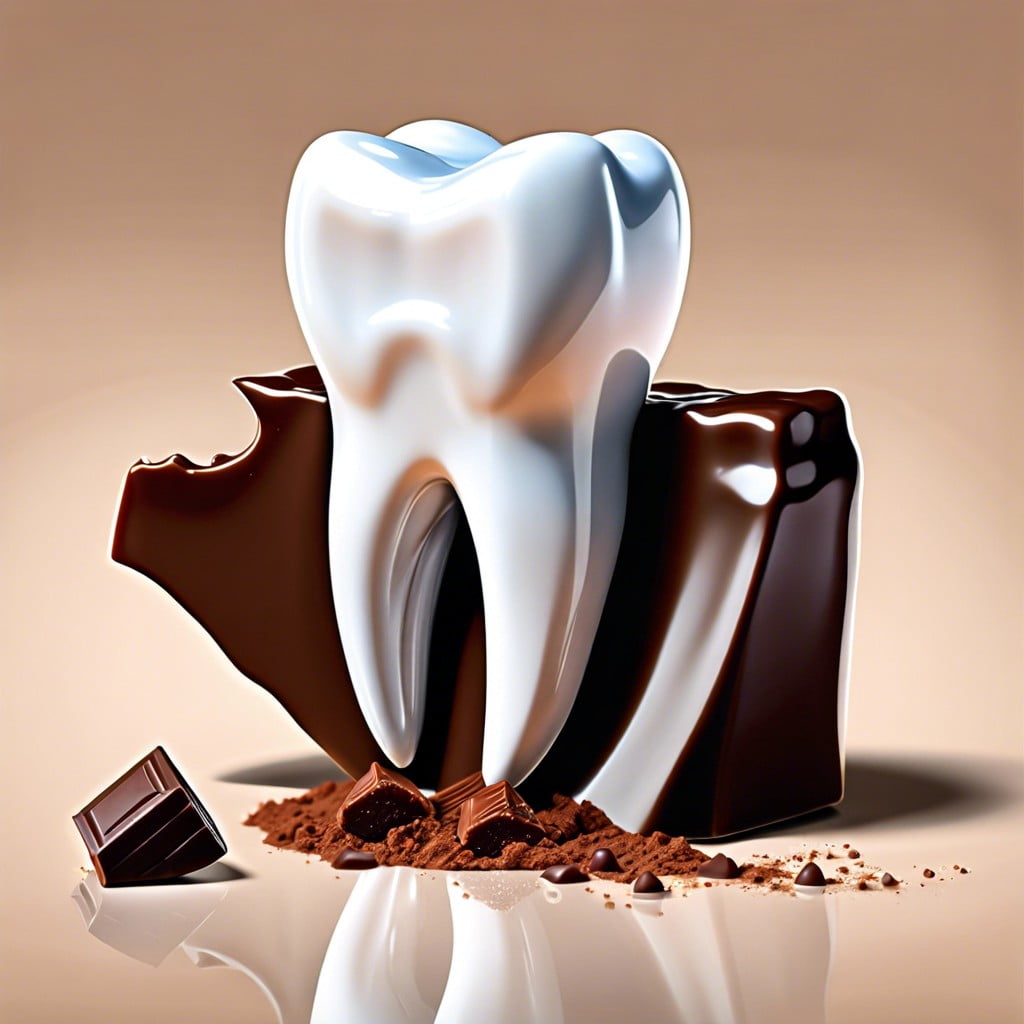Unraveling the scientific reasons behind why chocolate makes you thirsty can enhance your understanding and enjoyment of this indulgent treat.
Chocolate can make you feel thirsty due to its sugar and caffeine content. These ingredients stimulate the brain to signal thirst, leading to an increased desire to drink water.
Additionally, the high sugar content can lead to dehydration, which in turn triggers thirst.
In the following sections, you’ll find a detailed explanation of the relationship between chocolate and thirst, the role of different ingredients found in chocolate, and how to balance your chocolate consumption to avoid excessive thirst.
Key takeaways:
- Chocolate makes you thirsty due to sugar and caffeine content.
- Sugar in chocolate increases thirst by dehydrating the body.
- Caffeine in chocolate promotes thirst through increased urine production.
- Chocolate can cause dry mouth due to increased saliva production and tannins.
- Osmosis principle and high sugar content in chocolate lead to increased thirst.
Inside
The Sugar Content in Chocolate Increasing Thirst
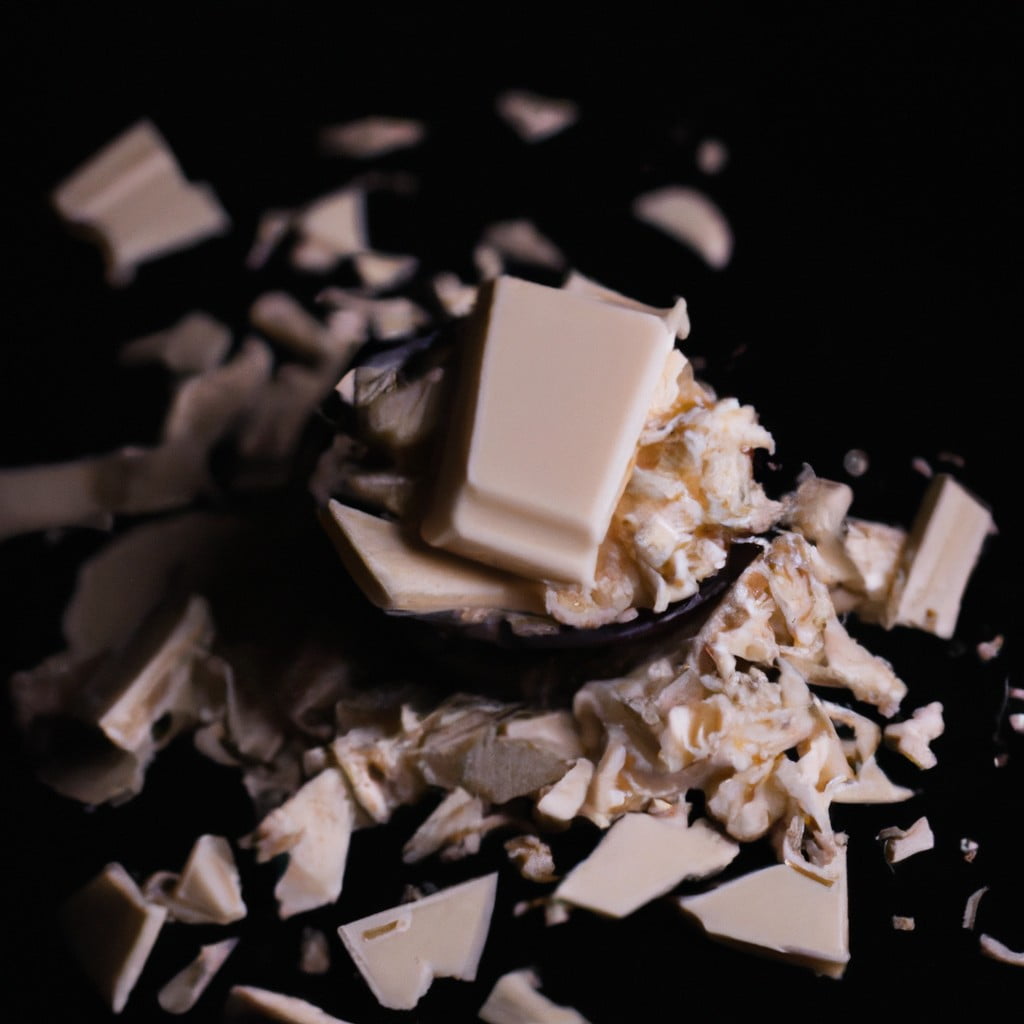
Sugar, as a sweetening ingredient in chocolate, triggers a chain reaction in your body. Once ingested, it may cause a spike in your blood sugar level. This triggers your body to produce insulin to normalize your blood sugar.
The action of insulin also signals your kidneys to dispose of excess sugar through urine production. This process requires water, leading to increased fluid loss from your body, hence causing thirst.
Moreover, sugar also has osmotic properties. This means, it can draw water from your body cells to the bloodstream, leaving them dehydrated. Again, this signals brain receptors related to thirst, compelling you to drink water.
To manage this effect:
- Opt for dark chocolate, which usually has less sugar than milk or white chocolate
- Pair your chocolate with a glass of water to maintain hydration
- Limit consumption of sugary versions of chocolate to maintain a balanced blood sugar level
- Consider sugar-free chocolates for a healthier option
Remember, it’s always about maintaining a balance. Enjoy your chocolate, but be mindful of your hydration and overall health.
Role of Caffeine in Chocolate in Stimulating Thirst
Caffeine is a naturally occurring stimulant present in varying amounts in chocolate, depending on the type and quality.
Firstly, it is noteworthy how caffeine affects the body’s hydration. As a diuretic, caffeine increases urine production which can potentially lead to dehydration if fluid loss is not compensated. This typically triggers feelings of thirst as the body seeks to replace lost fluids.
Moreover, caffeine influences the production of saliva. Saliva keeps the mouth moist and aids in swallowing and digestion. Reduced salivary flow due to caffeine consumption often results in a dry mouth – another factor triggering the urge to drink.
Lastly, caffeine increases the body’s metabolic rate. This means it speeds up processes in the body, resulting in increased temperature and, consequently, greater sweat production. The body requires more water intake to replenish the water lost through perspiration.
Various actions can help manage the increased thirst triggered by chocolate. Moderation is key when consuming chocolate, especially varieties high in caffeine. Keeping a water bottle handy can help you stay hydrated after enjoying a chocolate indulgence. Herbal teas or fruit-infused water provide hydrating alternatives without additional sugar content.
Dry Mouth Phenomenon After Eating Chocolate
Consequent to the consumption of chocolate, many individuals report experiencing a sensation referred to as “dry mouth”. Various factors combine to create this sensation which, in turn, amplifies feelings of thirst.
First, there’s the role of chocolate’s typical semi-solid to solid state. Upon consuming chocolate, saliva production in the mouth has to increase considerably to aid in breaking down the confection. This surge in saliva production can temporarily drain the salivary glands, resulting in a feeling of dryness once the chocolate is swallowed.
Next, chocolate’s inherent sugar content also contributes to dry mouth. High sugar concentrations can indirectly diminish saliva production over time which leads to dryness and consequently an increased need to drink water to alleviate this sensation.
Thirdly, you have the influence of tannins. These are naturally-occurring compounds found in cocoa, the primary ingredient in chocolate. Tannins have an astringent quality that can create a drying or puckering sensation in the mouth, further causing you to feel thirsty.
Although the response to the dry mouth phenomenon can vary among individuals, a quick remedy is to regularly sip water while savouring your chocolate. This not only helps in hydrating your mouth between bites but also enhances the overall chocolate eating experience by refreshing your palate.
Osmosis Principle’s Relevance to Chocolate-Induced Thirst
Eating chocolate increases the sugar concentration in your bloodstream. When this happens, your body, specifically your cells, undergo a process akin to osmosis to try and restore balance. Your cells release water into the bloodstream in an effort to dilute the concentrated sugar. This shift of water from your cells to the bloodstream reduces the overall hydration levels in your body, causing you to feel thirsty.
Here are the key ideas related to this process:
- 1. Osmosis is the process where a liquid moves from an area of low solute concentration to an area of high solute concentration across a semi-permeable membrane, such as cell walls.
- 2. Eating chocolate increases the concentration of sugar solutes in your blood.
- 3. Your body responds in an attempt to restore balance, with cells releasing water to dilute the sugar.
- 4. As a result, your cells release water causing a decrease in your body’s hydration level.
- 5. This reduction in cellular water level triggers feelings of thirst as your body seeks to replace the lost fluid.
So, the more chocolate you consume, the more your body will have to balance out the high sugar content, leading to increased feelings of thirst.
Managing the Effect of Chocolate On Hydration Levels
Stay hydrated by drinking water before and after enjoying chocolate – adequate hydration can help to offset the effects of any dehydrating ingredients. Opt for hyper-hydrating foods if you’re concerned about dehydration; foods such as watermelon, cucumbers, and strawberries contain significant water content and can help maintain hydration levels. Cutting down on the quantity of chocolate consumption might even suffice in certain situations.
Another clever tactic includes pairing chocolate with a hydration plan. This might mean setting a reminder to consume a glass of water for every bit of chocolate indulged in. Finally, selecting low-sugar chocolate alternatives helps to control the amplification of thirst. Low sugar options have a reduced likelihood of triggering excessive thirst, making them a good choice for those noticing this particular side effect.
Potential Dehydrating Ingredients in Chocolate
Chocolate contains a variety of elements that may contribute to dehydration. The most notable one is sugar, which despite its irresistible sweetness, is a diuretic. This means it can promote the production of urine, leading to increased water loss from the body. Sugar also disrupts the balance of fluids in your cells, a process tied closely to the principle of osmosis. This can create a sensation of thirst as your body tries to regain balance.
Salt is another ingredient often used in chocolates, especially dark varieties. Since sodium plays a pivotal role in fluid regulation, excessive amounts can lead to dehydration and consequently, feelings of thirst.
Lastly, caffeine, while present in minimal amounts, still has a role to play. As a well-known diuretic and stimulant, caffeine can promote fluid loss through increased urine production. Remember, the higher the cocoa content in your chocolate, the higher the caffeine content, hence becoming a factor in increased thirst.
To manage these effects, limit your consumption of chocolates with high amounts of sugar, salt, and caffeine or maintain a good water intake immediately after enjoying your chocolate. Opt for darker, low-sugar chocolate varieties and remember, moderation is key.
The Relationship Between Chocolate Consumption and Required Water Intake
Water intake requirements can fluctuate based on your consumption of certain foods and drinks, chocolate included.
High sugar and caffeine levels present in certain types of chocolate, for instance, can stimulate a faster usage of body water reserves, calling for an increased hydration response to compensate these losses.
Compound this with the ‘dry mouth’ effect synonymous with chocolate eating due to its sticky, melting nature. It leaves a film on your tongue and inside your cheeks, leading to a heightened craving for fluid intake.
Furthermore, osmosis can occur when the high sugar concentration in chocolate enters the bloodstream, drawing water out of the body’s cells to dilute it. This osmosis process can leave the body feeling a temporary dehydration effect, again leading to an increased desire to drink water.
In light of these factors, increasing your water intake after consuming chocolate can help to balance out your hydration levels, preventing the heightened feeling of thirst that can sometimes occur. Drinking a glass of water after a chocolate treat is one proactive way to help mitigate these effects.
Remember too, that while dark chocolate may have less sugar than other types, it often has higher levels of caffeine, potentially causing a similar thirst response. Thus, adjusting water intake accordingly is essential regardless of the type of chocolate consumed.
Remember to track your daily hydration levels or use a hydration app if it’s easier. Staying on top of it can go a long way in managing your thirst levels after chocolate indulgence.
FAQ
Should I drink lots of water after eating chocolate?
Yes, it is advisable to drink plenty of water after consuming chocolate to prevent potential dehydration.
Why do I get a dry mouth after eating chocolate?
Eating chocolate can lead to a dry mouth due to the presence of chemical tannins that bind to the salivary glands, causing a decrease in saliva production and subsequently making the brain perceive a lack of water in the body.
Can chocolate make you dehydrated?
No, chocolate does not cause dehydration as it contains insufficient caffeine to have a diuretic effect.
Does chocolate milk make you more thirsty?
Yes, chocolate milk can make you more thirsty due to its high sugar content disrupting the electrolyte balance and triggering thirst signals from the brain.
How does the sugar content in chocolate influence thirst?
High sugar content in chocolate can stimulate salivation and also increase thirst due to the body’s need to dilute high concentrations of sugar in the bloodstream.
Is dark chocolate less likely to trigger thirst than milk chocolate?
Yes, dark chocolate is less likely to trigger thirst than milk chocolate due to its lower dairy content.
Could chocolate’s caffeine contents contribute to dehydration?
No, the caffeine content in chocolate is not significant enough to cause dehydration.
